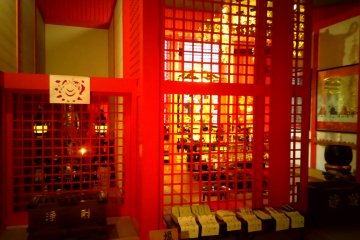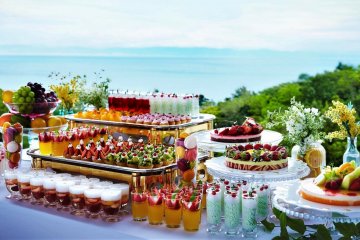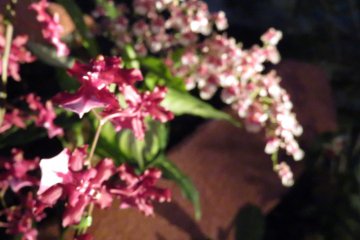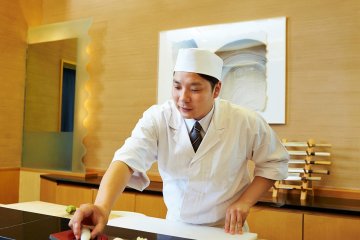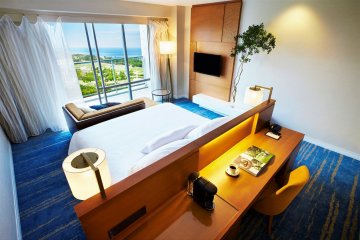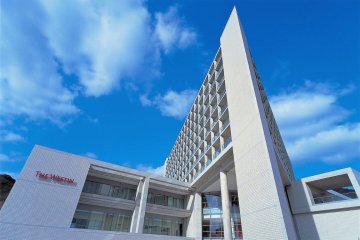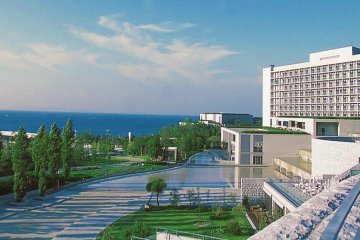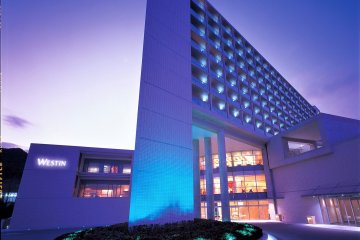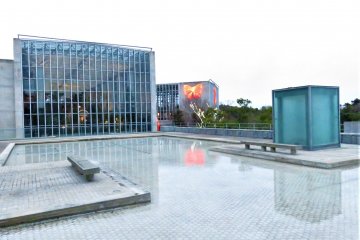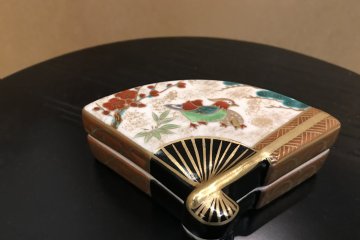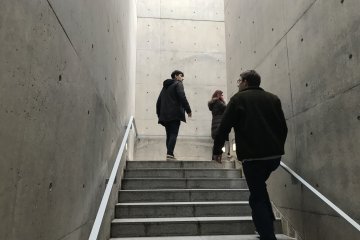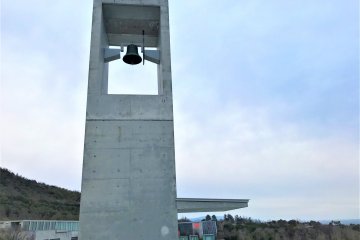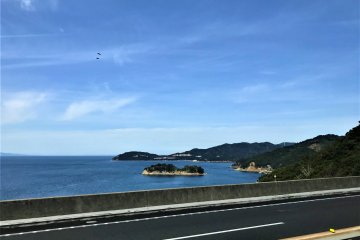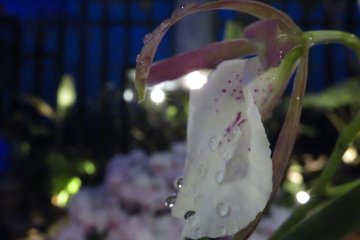When was the last time you felt truly alive?
For Ken, it was when his eyes lit up at the smart Japanese bilingual front desk staff at the Nikko Hotel in San Francisco. To him, these staff were the embodiment of the future, connecting his Japanese roots and his aspiration for international understanding.
Ken’s journey to becoming an international hotelier was one that was filled with twists and turns. His father who suffered during the war, encouraged him to travel abroad at a time when it was easier to take the well-trodden path to lifetime employment in a large company. In contrast his grandmother agonised at his choice.
It was not easy adjusting to life overseas, but when he won a scholarship at Paul Smith’s College, his life took a turn for the better, experiencing hands on experience in hospitality as well as a deeper meditation of his relationship with himself, society and Earth itself.
Alas, one day his uncle fell ill, and then so did his grandmother, her tears welled up as she thought she will never see Ken again.
Her tears would not go unanswered. It was time for Ken to come home.
It is said that we leave something of ourselves behind when we leave home. We only find ourselves again when we return, opening the door to seeing ourselves in a new light.
Starting as a bell boy, Ken took an arduous and winding path to become a senior manager, but the lessons learnt from his lifelong mentor paved the way.
Now, his dream is to nurture the next generation to take over the baton, one that is taking shape in the same Nikko hotel family that first sparked his passion. When it was opened in 2000, only 10% of the staff were local, but now it has blossomed, with over 30% of staff who have grown up on the island.
In a moment of reflection and emotion, Ken adds that most people on this island are engaged in primary industry, like farming of Indigo and fishing. The transformation of the farmers’ daughters and sons into world class front desk professionals ensures that guests can experience firsthand country hospitality as well as insights into the best natural and cultural offerings that this island has to offer.
The resort’s proximity to marine facilities allow its restaurants to showcase local delicacies, such as octopus and whitebait. Many staff are descendants of third or fourth generation farmers, and you can see their eyes gleam as they speak with pride the local delicacies taking pride of place in the resort menus, from the humble onion to the luxurious Awaji beef. Recently we have seen a revival of sorts on the island, with a younger generation of more internationally minded entrepreneurs shining a light to the traditional arts and crafts, such as the Kunjundo incense maker, as well as sake makers opening their doors to the public. For more active holiday makers, the island is filled with sports activities, from scuba diving, kayaking, horseback riding and golf, to name a few. At the end of the day, every guest can look forward to relaxed luxury, and between the signature bed, Lavender Balm and the gentle sea breeze off the glistening Osaka Bay, it is a recipe for the most peaceful slumber.
The resort is part of the Awaji Yumebutai, a stage in which to dream. Like a phoenix rising from the ashes, it was Takao Ando’s dream to transform a scarred hillside into a sanctuary to rebuild both the physical and spiritual landscape following the Kobe Earthquake. Ando wanted to create a space where “visitors are surrounded by the richness of nature and find sensory pleasure in their existence”.
For me there is a certain sense of poetry as we watched the butterflies dancing over the flowers on the Hyakudan-en, the hundred stepped gardens , paying honour to the 6,000 souls who have gone before us in the Kobe Earthquake in 1995. Next year is the 10th anniversary for Japan Travel, which was founded as a living monument to the 2011 Tohoku earthquake, in the same sense that Yumebutai is a memorial to the Kobe Earthquake.
At a time when we are searching for purpose to travel, Yumebutai is like a lighthouse, a living sanctuary illuminating a path forward, showing how man and nature can live together. Before us is a massive amphitheatre, in which the seas and the skies frame the theatre space. From sunshine to black clouds, this is a place where we explore our relationship to society and Earth itself.
So slow down, breathe in, and feel the flowers swaying in the breeze. When you see the moon rising above the seashore at this Resort, reflect on the legacy of Ken’s grandmother, whose roots are deeper than trees that grace the gardens.





